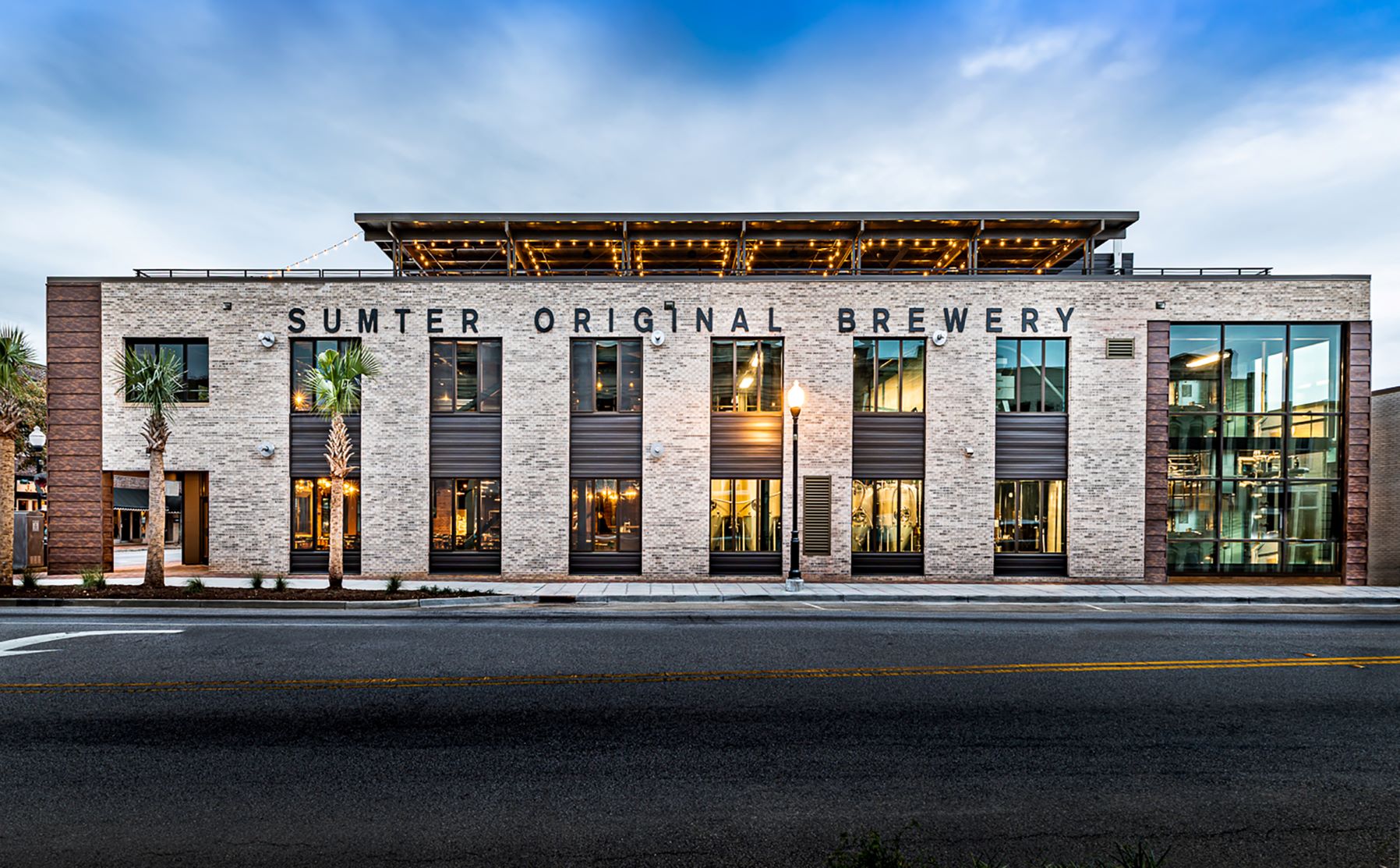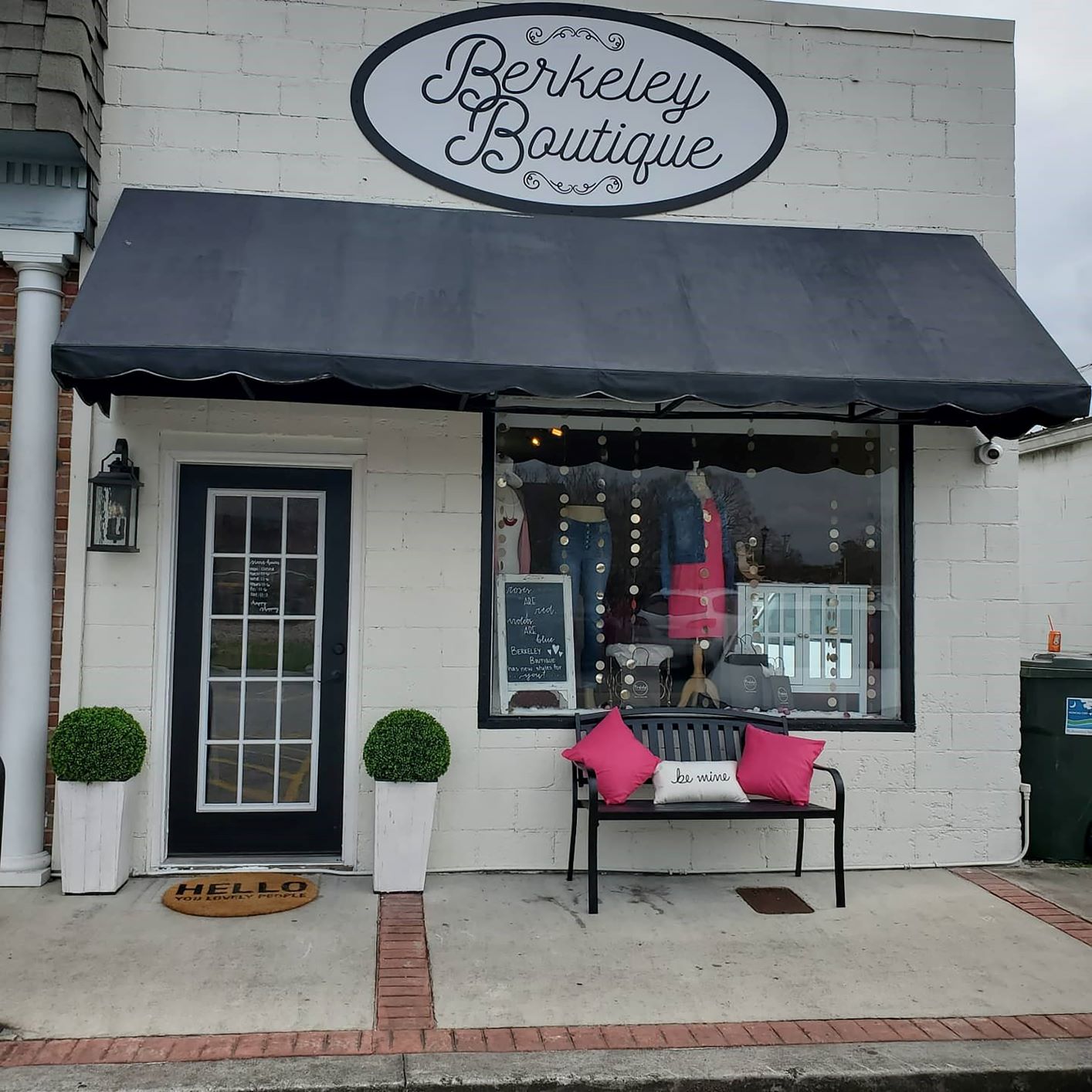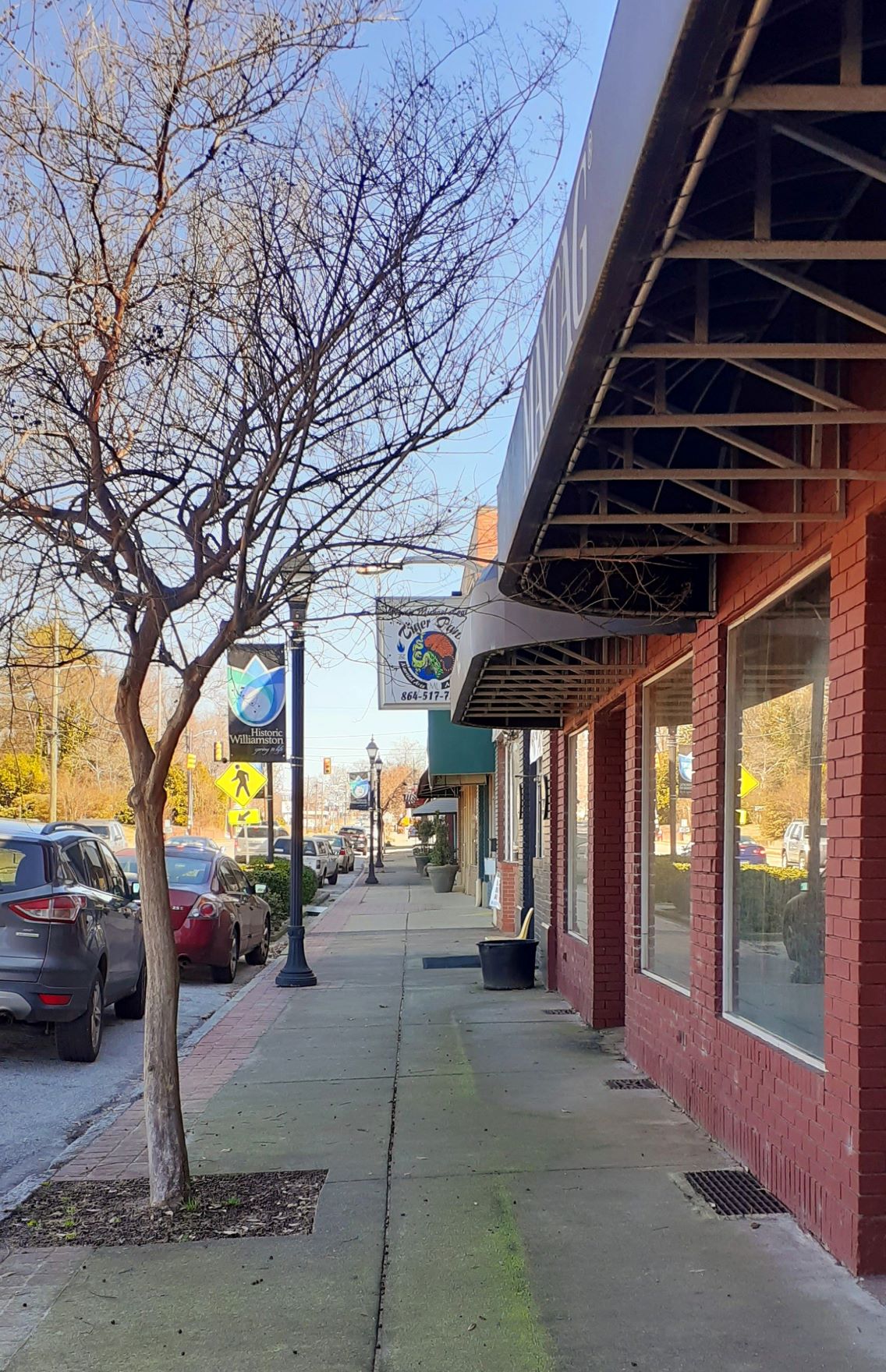Tourism, one of South Carolina’s major economic drivers, faced a major challenge as
the coronavirus pandemic shut down many traditional tourism activities. Recognizing
the need to harness a new approach to boost the local economy, communities such
as Sumter, Moncks Corner and Williamston shifted their focuses from out-of-state
visitors to their own residents by embracing the “love where you live” movement.
Sumter
The City of Sumter is known for its U.S. Air Force base and its nationally-recognized historic business district. Encompassing more than 60 historic structures dating from 1880 to 1912, Sumter’s downtown has grown into a vibrant destination with restaurants, a hotel and a brewery. This was not the case 20 years ago, when abandoned and underutilized buildings dominated downtown. The transformation required a collective, holistic reinvestment.
Embracing their most fundamental anchors like The Opera House in the heart of downtown, Swan Lake Iris Gardens, and proximity to two state parks, community leaders expanded their focus on Sumter’s arts, entertainment and dining options. Sumter now offers a full-day downtown experience with live concerts, more than 20 restaurants and overnight stays.
The downtown, said Leigh Newman, Downtown Sumter coordinator, is now “more well-rounded, with lots to offer both locals and out-of-town visitors.”
Even during last year’s pandemic disruptions, the Opera House continued to entertain. Small groups rent the 500-seat venue for private movie events.
Sumter’s extraordinary downtown turnaround has three critical elements: city leadership embraced its role in revitalizing the commercial district, private local investors renovated key buildings and residents began to support downtown’s business community regularly.

Replacing a compromised structure, the building that houses the Sumter Original Brewery is an example of new construction in a historic downtown. Photo: City of Sumter.
Highly successful years of major investment and activity are great, but Newman also acknowledged that slow, incremental progress is just as important.
“Quiet years lay the foundation for future achievements,” she said.
With the positive developments such as a brewery, hotel and a four-star restaurant, more work lies ahead, especially as Sumter continues to address its empty buildings. Preserving historic buildings is always a major goal, but the updates needed to make them functional for new businesses are not always possible. For example, the Sumter Original Brewery, which has a rooftop bar, is an entirely new build that replaced a compromised historic structure.
“We still have a long way to go,” Newman said. “As long as you’ve got empty buildings, you’ve got opportunity.”
Moncks Corner
Seventy miles south of Sumter, the “Lowcountry’s Hometown” of Moncks Corner has rapidly grown in both population and economic development prospects. One of Moncks Corner’s valuable assets is located just outside of its downtown: the town’s state-of-the-art Regional Recreation Complex. Its location has helped downtown thrive by providing a hub for sports, and it also serves as the venue for a farmers market and events.
Catalytic projects like the recreational complex have further ignited community-wide developments.
“One of our greatest successes has been the growth in the number and in the quality of businesses,” said Doug Polen, community development director for the Town of Moncks Corner. “When we became a Main Street community, we began a comprehensive approach to business retention and recruitment. And now there’s a lot more to do downtown.”

Moncks Corner’s revitalizing downtown is located in an region experiencing strong
growth overall. Photo: Town of Moncks Corner.
A semi-permanent food truck vendor is serving takeout five nights a week and two new restaurants are slated to open. Molly Willard, Main Street director and public information officer, continues to focus on stimulating economic development downtown while Polen facilitates neighborhood developments. This team approach to attract, expand and retain development is what developers and small businesses value most, said Polen.
“You get me and my department to help guide the process,” he said.
In a five-year span, the town’s population increased nearly 30%. This growth surge is both a challenge and an opportunity, Polen said. Part of Willard’s job is to strategically reach these residents and remind them that Moncks Corner’s commercial downtown has a lot to offer.
“Thousands of Moncks Corner residents commute daily to work in Charleston and Goose Creek, and many have never even been to Moncks Corner’s downtown. They don’t know it’s here,” Polen said.
Williamston
Far to the northwest in the Upstate, Williamston is also working to celebrate its small town sense of place and local pride by bringing activity back downtown. Originally a bustling resort town known as “The Saratoga of the South,” Williamston’s resort hotel industry declined in the 19th century. While that industry is unlikely to rebound, Williamston is home to one of the nation’s oldest public parks, Mineral Springs Park, which sits adjacent to its downtown core.

Williamston is aiming to expand its in-town shopping options.
Photo: Town of Williamston.
Embracing the Mineral Springs Park as its major asset, the town is working to connect to nearby biking and walking trails to become a bicycle- and pedestrian-friendly community. Lisa Cope, Williamston’s Main Street director, noted that downtown’s compactness is its draw.
“You can walk from one end to the other and not break a sweat. Pretty soon we’ll have a trail system that will blend recreation and shopping,” she said.
Cope hopes to grow local foot traffic with enough business diversity that residents do not need to go elsewhere. The city has the goal of attracting new business and help residents see the potential of Williamston.
“We are so close to having everything in town — to the point where you don’t need to leave town to shop. The promise of having everything that the average family shopper or recreational visitor needs in the downtown area is exciting,” she said.
Focusing on the distinctive
Communities that capitalize on the very assets that characterize their downtowns, like distinctive architecture, pedestrian-friendly environments and unique senses of place, ensure that their downtowns are vibrant, said Jenny Boulware, manager of Main Street South Carolina.
“Not everyone has an opera house or a signature park, but everyone has something that people can’t find elsewhere,” she said. “Cities should encourage residents to rediscover the best parts of their hometown. Spend a day, a weekend, or even a whole week playing tourist. Visit the museums, local attractions, shops and restaurants that you usually only bring visitors to see. This can help you see more clearly how to capitalize on the things that make South Carolina’s downtowns distinctly different.”
Main Street South Carolina is a technical assistance program for communities seeking to revitalize their historic downtown commercial districts. Main Street SC offers several community membership levels ranging in cost and requirements.
